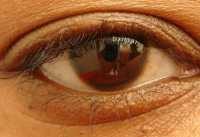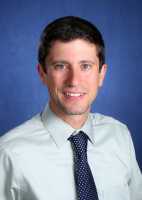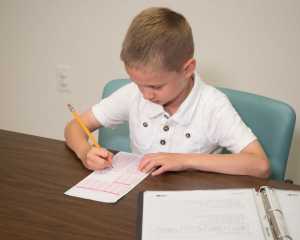Author Interviews, Cleveland Clinic, Diabetes, JAMA, Ophthalmology / 05.10.2018
Association of Disorganization of Retinal Inner Layers With Visual Acuity Response to Anti-VGEF Therapy for Macular Edema Secondary to Retinal Vein Occlusion
MedicalResearch.com Interview with:
Amy Babiuch, M.D.
Medical Retina Specialist | Cole Eye Institute
Assistant Professor Ophthalmology Case Western Reserve University
WPSA Regional Focus Committee Chair
Cleveland Clinic
MedicalResearch.com: What is the background for this study?
Response: In previous studies, the disorganization of retinal inner layers (DRIL) has demonstrated its ability to help determine visual acuity (VA) prognosis in diabetic macular edema that requires treatment. Given this association, the research group at Cole Eye Institute studied how DRIL may affect VA outcomes in patients with retinal vein occlusion (RVO) undergoing treatment for secondary macular edema.
DRIL is defined as the extent to which there is a failure in the recognition of any of the demarcations between the ganglion cell-inner plexiform layer complex, inner nuclear layer, and outer plexiform layer on optical coherence tomography (OCT).
(more…)










